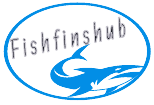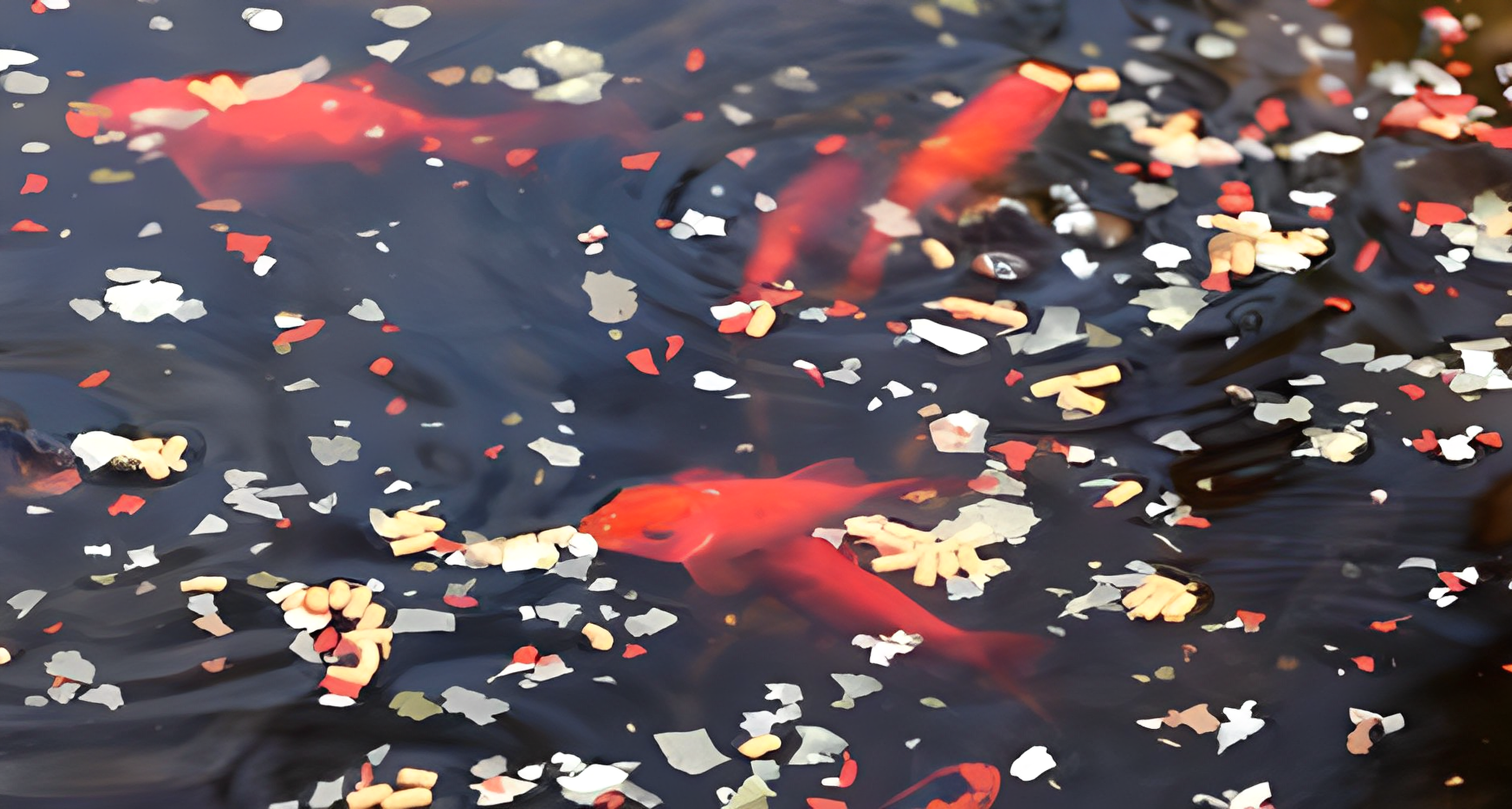Are you struggling to find the best goldfish food for your beloved finned friends? Look no further! In this article, we will guide you through the top choices in goldfish nutrition, ensuring that your fish receive the essential nutrients they need to thrive.
Goldfish have unique dietary requirements, and providing them with the right diet is paramount for their overall health and longevity. Whether you’re a beginner or a seasoned goldfish owner, choosing the right food can make a significant difference in the vitality and coloration of your pet fish.
From flakes to pellets, we’ll explore different options and discuss their benefits, taking into consideration factors such as nutritional content, ingredients, and feeding habits. We’ll also share insights on feeding frequency and proper portion sizes to help you establish a balanced diet routine.
No matter what your goldfish’s specific needs are, we’ve got you covered. So, let’s dive into the world of goldfish nutrition and find the perfect food to keep your finned friends happy and healthy.
Importance of a proper diet for goldfish
A proper diet is crucial for goldfish to ensure their overall health and well-being. Goldfish are omnivores, meaning they require a balanced mix of plant matter and protein-based foods to thrive. Providing them with the right nutrients not only enhances their vibrant colors but also boosts their immune system, improves digestion, and supports their growth.
When goldfish are fed a diet lacking in essential nutrients, they may experience health issues such as swim bladder disorder, fin rot, or even shortened lifespans. It’s important to understand their nutritional needs to prevent these problems and promote their overall vitality.
Understanding the nutritional needs of goldfish
Goldfish require a diet that is rich in protein, fiber, vitamins, and minerals. Protein is essential for their growth and development, while fiber aids in digestion and prevents constipation, a common issue among goldfish. Vitamins and minerals, such as Vitamin C and calcium, are necessary for their immune system and bone health.
While goldfish can obtain some of these nutrients from their natural environment, such as algae and small insects, it’s crucial to supplement their diet with commercially available goldfish food to ensure they receive a well-rounded nutrition.
Common types of goldfish food
When it comes to goldfish food, there are several options available on the market. The most common types include flakes, pellets, and freeze-dried or frozen foods.
Flakes are a popular choice among goldfish owners due to their convenience and affordability. They are made from a mixture of ingredients, including fish meal, wheat flour, and vitamins. Flakes float on the water’s surface, making them easily accessible for goldfish to consume.
Pellets, on the other hand, are sinking food that provides a more balanced diet for goldfish. They are often formulated with a higher protein content and contain a mix of ingredients like fish meal, shrimp, and various grains. Pellets are suitable for goldfish of all sizes and help prevent issues such as swim bladder disorder.
For a more varied diet, freeze-dried or frozen foods can be an excellent option. These include brine shrimp, bloodworms, and daphnia, which mimic what goldfish would eat in their natural habitat. However, it’s important to note that freeze-dried or frozen foods should be used as occasional treats rather than a staple diet.
Factors to consider when choosing the best goldfish food
When selecting goldfish food, there are several factors to consider to ensure you’re providing the best nutrition for your fish.
Firstly, check the nutritional content of the food. Look for a good balance of protein, carbohydrates, and fats, as well as essential vitamins and minerals. High-quality goldfish food will clearly indicate the percentage of each nutrient on the packaging.
Secondly, consider the ingredients used in the food. Avoid products that contain excessive fillers, artificial colors, or preservatives. Look for foods that list whole ingredients, such as fish meal, shrimp, vegetables, or algae, as the main components.
Another important factor is the size of the food. Goldfish have small mouths and may struggle to consume large pellets or flakes. Opt for smaller-sized options that are suitable for your goldfish’s mouth size.
Lastly, take into account the feeding habits of your goldfish. Some goldfish are surface feeders, while others prefer to search for food at the bottom of the tank. Choose food that matches your goldfish’s feeding behavior to ensure they can easily consume it.
Top recommended goldfish food brands
Now that we’ve covered the factors to consider, let’s explore some of the top goldfish food brands that have gained popularity among goldfish enthusiasts.
- Hikari: Hikari offers a wide range of goldfish food options, including pellets, flakes, and freeze-dried treats. Their products are known for their high-quality ingredients and balanced nutrition. Hikari Goldfish Food stands out for its excellent protein content and natural color enhancers.
- Tetra: Tetra is a well-known brand in the fishkeeping industry, and their goldfish food is no exception. They offer a variety of options, including flakes, pellets, and gel-based foods. TetraFin Goldfish Flakes are a popular choice, providing a balanced diet for goldfish with added vitamins and minerals.
- Omega One: Omega One is known for its high-quality ingredients and minimal processing. Their goldfish food formulas are rich in omega-3 fatty acids, which promote healthy growth and vibrant colors. Omega One Goldfish Flakes and Pellets are highly recommended for their nutrient-rich composition.
Feeding schedule and portion control for goldfish
Establishing a proper feeding schedule and portion control is essential to prevent overfeeding, which can lead to a variety of health issues in goldfish.
Goldfish should be fed two to three times a day, with each feeding session lasting no more than two minutes. This ensures that they consume their food while it’s fresh and prevents any leftover food from contaminating the water.
Portion control is equally important. A good rule of thumb is to feed your goldfish an amount that they can consume within two minutes. Start with a small amount and observe their eating habits. Adjust the portion size accordingly, ensuring that you don’t overfeed or leave any excess food in the tank.
Homemade goldfish food recipes
If you prefer a more hands-on approach, you can also make homemade goldfish food using fresh ingredients. Here are a few simple recipes to try:
- Vegetable Medley: Steam and mash a variety of vegetables such as peas, carrots, and zucchini. Mix in some gelatin and calcium powder for added nutrition. Shape the mixture into small pellets and let them cool before feeding.
- Protein-Rich Gel Food: Blend cooked shrimp, fish, or chicken with gelatin and water. Add in some finely chopped vegetables or spirulina powder for a nutritional boost. Pour the mixture into ice cube trays and freeze. Thaw a cube before feeding.
Remember to research and ensure that the ingredients you use are safe and suitable for goldfish consumption. It’s always a good idea to consult with a veterinarian before introducing homemade food into your goldfish’s diet.
Avoiding common feeding mistakes
While feeding your goldfish, it’s important to avoid common mistakes that can negatively impact their health.
One common mistake is overfeeding. Goldfish have a voracious appetite and may appear hungry all the time. However, overfeeding can lead to obesity, swim bladder disorders, and poor water quality. Stick to the recommended feeding schedule and portion sizes to prevent these issues.
Another mistake is feeding inappropriate foods. Goldfish should primarily be fed goldfish-specific food that meets their nutritional needs. Avoid feeding them human food, as it may lack the necessary nutrients and could cause digestive problems.
Lastly, be cautious when using treats and supplements. While occasional treats can be a great way to provide variety in their diet, excessive use can disrupt the balance of their nutrition. Consult with a veterinarian before introducing any supplements or treats to ensure they are appropriate for your goldfish.
Supplements and treats for goldfish
Supplements and treats can be a fun addition to your goldfish’s diet, provided they are used in moderation.
Supplements such as Vitamin C or calcium powder can be added to their food to support their immune system and bone health. However, it’s important to follow the recommended dosage and consult with a veterinarian before introducing any supplements.
When it comes to treats, freeze-dried or frozen options such as brine shrimp or bloodworms are a great choice. They provide a protein-rich snack and mimic the goldfish’s natural diet. Remember to use treats sparingly to avoid overfeeding and potential health issues.
Know about 10 Best Goldfish Foods You Need to Try
Conclusion: Providing the best nutrition for your goldfish’s health and happiness
Choosing the best goldfish food is crucial for the health and happiness of your finned friends. By understanding their nutritional needs and considering factors such as ingredients, feeding habits, and portion control, you can provide a well-balanced diet that promotes their overall well-being.
Whether you opt for commercially available options or decide to make homemade food, ensure that you choose high-quality ingredients and avoid common feeding mistakes. Remember to consult with a veterinarian for personalized advice and guidance.
By providing the best nutrition for your goldfish, you can enjoy vibrant colors, active swimming, and a long, healthy life for your beloved aquatic companions. So, go ahead and make informed choices to keep your goldfish happy and thriving!

